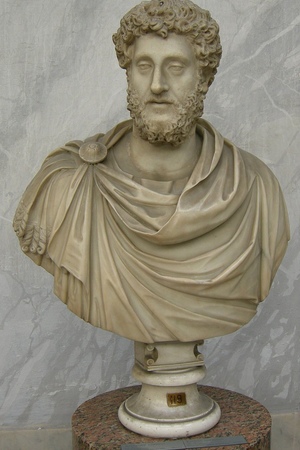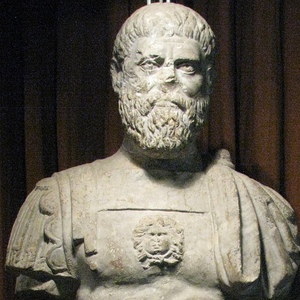Year of the Five Emperors
"The Year of the Five Emperors" is how the events of 193 AD were referred to in Rome.
It wasn't unique for the Roman Empire to have multiple rulers in a single year. 68 AD is known as the "Year of the Four Emperors," and 238 AD is called the "Year of the Six Emperors."
This tumultuous succession was largely due to the Roman army, especially the Praetorian Guard, though other legions also played their part. The year 193 AD began with the conspiracy and assassination of Lucius Aelius Aurelius Commodus, son of Marcus Aurelius. Commodus, during his 12-year reign, had quarreled with the nobility, the army, and the Praetorians. Ultimately, a conspiracy organized by his inner circle, including his mistress Marcia, the city prefect Pertinax, the palace manager Eclectus, and the Praetorian Prefect Quintus Aemilius Laetus, led to his assassination. Two conspirators, Pertinax and Eclectus, were freedmen who owed their rise to Commodus. It's worth noting that Emperor Commodus is not included among the "five emperors."
The First Emperor - Pertinax
Shortly after Commodus's assassination, Pertinax was proclaimed the new emperor. He went down in history as the first freedman (under Roman law, he was not a full Roman citizen) on the throne. Pertinax's rule was short-lived despite his many populist edicts. He allowed various freedoms, such as permitting farmers to occupy as much free land as they could cultivate. Additionally, he abolished all new duties and taxes imposed by Commodus. However, despite these measures, Pertinax failed to maintain the Praetorians' favor and was overthrown in March. The Praetorians promised the Roman Empire's throne to the highest bidder. Pertinax's father-in-law, Sulpician, offered each soldier 20,000 sesterces, but Senator Didius Julianus countered with 25,000 sesterces per Praetorian. The high bid won Julianus the imperial throne.
The Second Emperor - Didius Julianus
Two months into his reign, the Praetorians demanded their promised money from Julianus. Julianus offered to increase their payment to 30,000 each but asked them to wait. The Praetorians, dissatisfied, killed Julianus. Subsequently, three new contenders for the imperial throne emerged in different parts of the Empire.
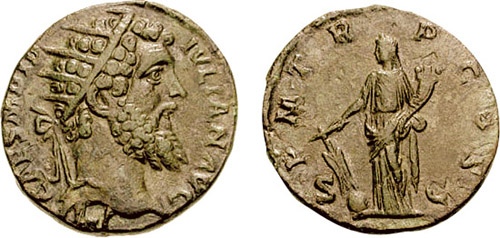 Coin featuring Didius Julianus, 2-3 century AD
Coin featuring Didius Julianus, 2-3 century AD
The Third Emperor - Gaius Pescennius Niger Justus
He hailed from an Italian equestrian family. He was known to have been a suffect consul, though the year of his consulship remains unknown. During Julianus's rule, a rebellion broke out among the common people of Rome aiming to place Pescennius Niger on the throne. Rumors suggested that Julianus sent centurion Aquilius to Syria to kill Niger, but he failed. Learning of this, Niger decided to declare himself emperor of the Syrian legion, which happened at the end of April 193 AD. He took the name Justus, indicating that he was favored by Justitia (in Greek mythology, Astraea) – the goddess of justice. Justice became the slogan of Niger's reign. He called an assembly of soldiers and spoke to the crowd. Historian Herodian recorded that after Niger's speech to the people of Antioch, both soldiers and citizens proclaimed him emperor. Meanwhile, Septimius Severus entered Rome with his troops after Julianus's assassination. A civil war ensued, during which Niger was defeated and killed.
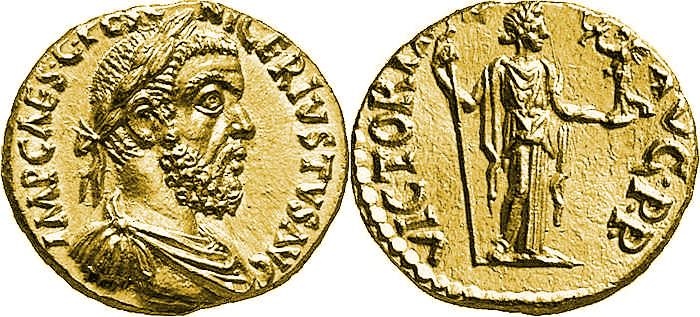 Aureus featuring Pescennius Niger, 2-3 century AD
Aureus featuring Pescennius Niger, 2-3 century AD
The Fourth Emperor - Decimus Clodius Albinus
"Albinus" in Latin means "white." Sources indicate that Clodius had light hair, unlike the dark-haired Pescennius. Albinus was the Roman governor of Britain. He sided with Septimius Severus, who relied on Danubian legions against Pescennius. Soon, Pescennius was defeated.
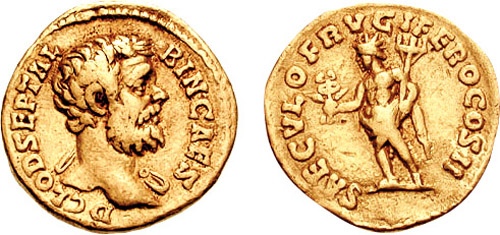 Coin featuring Clodius Albinus, 2-3 century AD
Coin featuring Clodius Albinus, 2-3 century AD
The victorious troops occupied Rome. By that time, Severus had 12 legions, while Albinus had only 3. Severus went east to fight first against Roman troops loyal to Pescennius, then against the Parthian Kingdom. During this period, Albinus proclaimed himself emperor in Rome. To secure his position, he called upon legions from Britain and Gaul. In response, Severus declared himself emperor, resulting in two self-proclaimed emperors in the Empire by the end of 193 AD.
Who would become the sole ruler of the Roman Empire was determined in battles over the following years. Only in February 197 AD did the armies of the two rivals meet in a decisive battle near the city of Lugdunum (modern Lyon). The forces were roughly equal, initially favoring Albinus’s troops. Severus even had to remove his imperial purple cloak and hide among ordinary legionaries. The battle's outcome was decided by a heavy cavalry charge led by Severus's general Julius Laetus. Albinus's army's flank and rear were crushed, suffering a devastating defeat. Albinus fled to Lugdunum, where he perished when Severus's troops looted and burned the city.
Severus became the sole emperor and ruled Rome until his death in 211 AD.
Thus ended the event known in history as the "Year of the Five Emperors."
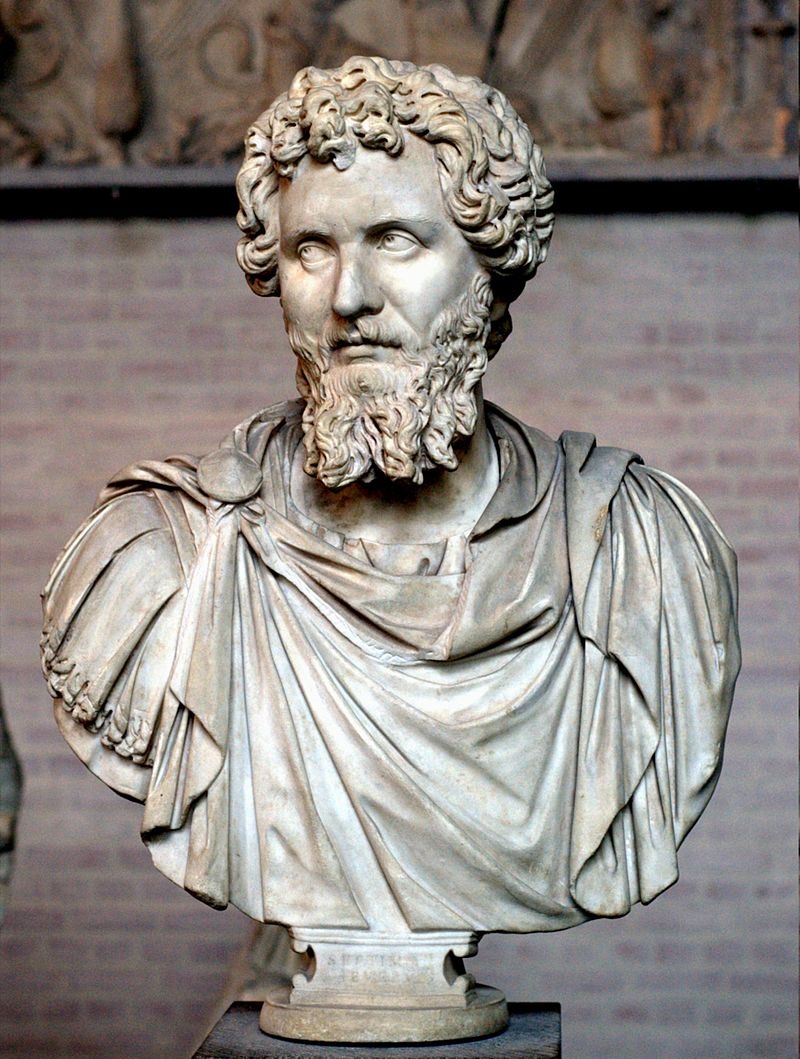 Bust of Emperor Septimius Severus, 2-3 century AD
Bust of Emperor Septimius Severus, 2-3 century AD
